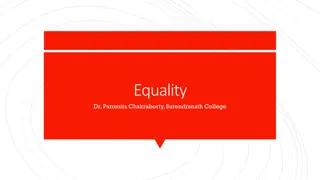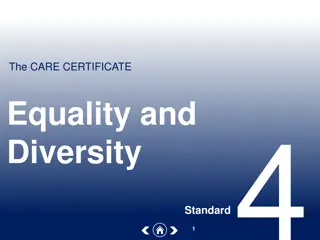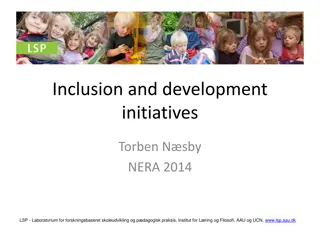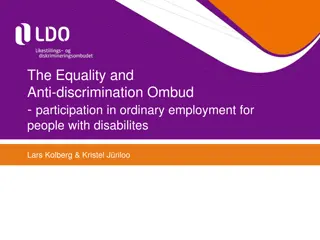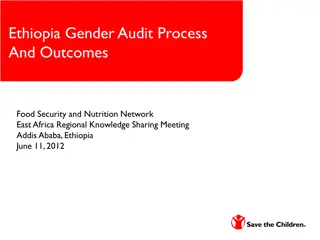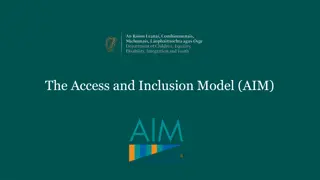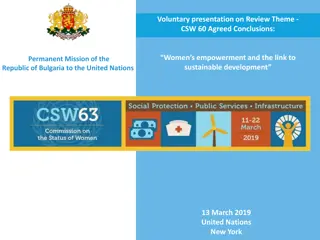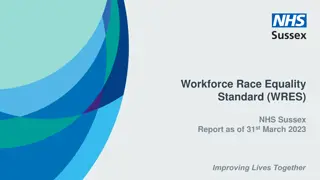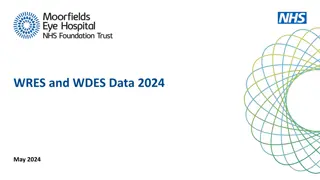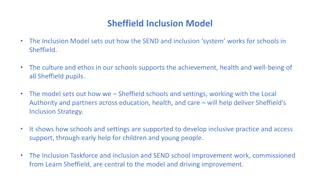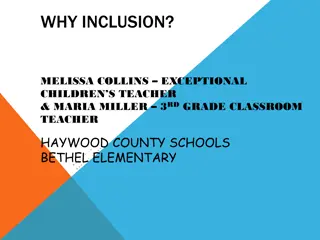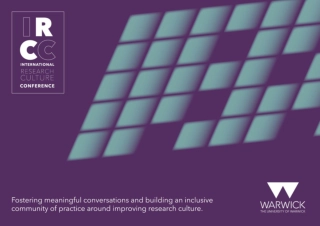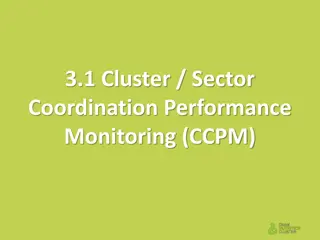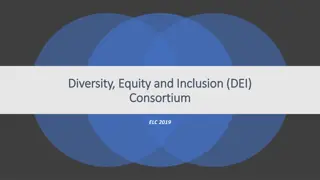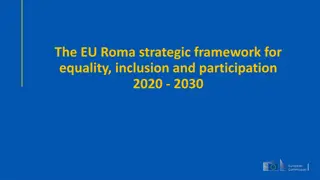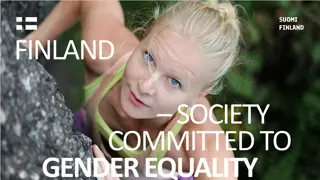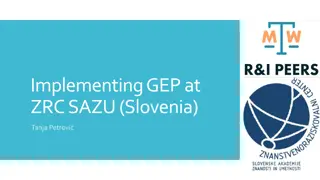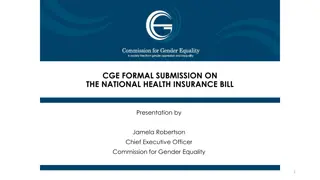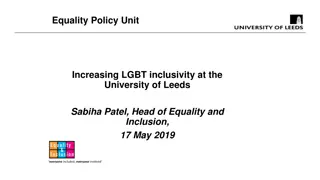Promoting Inclusion and Equality in Education
Associate Professor Sue Davies leads the Inclusion Quality Mark for Wales, emphasizing the importance of an equal society where all individuals have the opportunity to flourish. The initiative aligns with key drivers such as the Race Relations Act and the Children Act, aiming to provide a comprehensive range of education opportunities and support children in various aspects of their development. The framework focuses on seven core aims for all children and young people, promoting a safe and inclusive environment that addresses their diverse needs and rights. Through effective leadership and a commitment to excellence, the initiative strives to create a community that supports the well-being and success of all learners.
Download Presentation

Please find below an Image/Link to download the presentation.
The content on the website is provided AS IS for your information and personal use only. It may not be sold, licensed, or shared on other websites without obtaining consent from the author. Download presentation by click this link. If you encounter any issues during the download, it is possible that the publisher has removed the file from their server.
E N D
Presentation Transcript
Inclusion Quality Mark for Wales Associate Professor Sue Davies
Defining an Equal Society An equal society protects and promotes equal, real freedom and substantitive opportunity to live in the ways people value and would choose, so that everyone can flourish. An equal society recognises people s different needs, situations and goals and removes the barriers that limit what people can do and can be. Equalities Review, 2007
Key Drivers Race Relations Act (1995) (2000) United Nations Convention on the Rights of the Child (UNESCO, 2002) SEN Code of Practice for Wales (WAG, 2002) Inclusive Education (WAG, 2003) Children Act (2004) Children and Young People: Rights into Action (WAG, 2004) Disability Discrimination Act (1995 & 2005) Inclusion and Pupil Support (WAG, 2005) Learning Country: Vision into Action (WAG, 2006) The School Effectiveness Framework (WAG, 2008) Equalities Review (Rowntree Foundation, 2007) One Wales (WAG, 2007)
Seven Core Aims All children and young people: have a flying start in life; have a comprehensive range of education and learning opportunities; enjoy the best possible health and are free from abuse, victimisation and exploitation; have access to play, leisure, sporting and cultural activities; are listened to, treated with respect, and have their race and cultural identity recognised; have a safe home and a community which supports physical and emotional wellbeing; are not disadvantaged by poverty Children and Young People: Rights to Action (Welsh Assembly Government, 2004)
School Effectiveness Framework Six elements for effective working: Leadership Working with Others Networks of Professional Practice Intervention and Support Improvement and Accountability Curriculum and Teaching
Leadership There is a positive and inclusive ethos and vision There is effective management and improvement of the systems in relation to including all learners The learning environment provides a community for all engaged in school life, with learners and their families at the centre Leaders motivate, support and recognise the inclusive work achieved by those in the school Leaders show a commitment to excellence, high quality provision and improved outcomes for all learners
Working with others There is effective involvement with those who work with the learning setting; including parents, carers and the wider community The school contributes to meeting the needs of the community it serves by providing a high quality inclusive learning environment The school promotes a culture of social inclusion and respect for diversity The wider community is aware of the inclusive strategies implemented by the school There is collaborative involvement with professionals who work in partnership with the school to meet the needs of pupils, staff, parents and carers
Networks of Professional Practice There is sharing of effective practice across the learning setting, which enables all learners to benefit from consistent and high quality inclusive culture and practice There is a collective responsibility for enhancing knowledge and understanding of inclusive practices through engagement in local and national networks There is a pyramid approach which enables all learners to make progress and achieve: expert, specialist and core knowledge and understanding
Pyramid Approach Expert (one) Specialist (Some) Core Knowledge (Many)
Intervention and Support There is clear strategic planning for early intervention to ensure inclusive culture and practice Schools and partners plan and deliver effective integrated services which secure the right support and intervention for all children and young people All children and young people are offered opportunities to improve their wellbeing and achieve their potential
Improvement and Accountability There are transparent structures and systems in place for comparison of achievements of individuals and groups of learners, which are used to raise standards for all learners Data is used effectively to inform learning and teaching strategies There is a robust and coherent mechanism of reporting to the wider community, which responds to stakeholder feedback There is a culture of reflective practice linked to improving performance and consistency in teaching strategies All learners have, and are empowered to take opportunities to become involved in improving their educational experiences and life chances
Curriculum and Teaching All learners are enabled to access an appropriate pedagogy that engages and motivates them to learn and achieve All learners are empowered to attain, achieve and demonstrate knowledge and understanding
Phased Approach School s self evaluation of their inclusive culture, policy and practice what we do how we do it evidence Moderation of the School s Self-Evaluation Working with a moderator Action Planning and Development Working towards a specific level Application for Assessment Where we are now External Moderation Assessing the evidence Award of Quality Mark External decision based on stories and evidence
Phased Approach Phase Action 6 Award of Quality Mark 5 External Moderation 4 Application for Assessment 3 Action Planning and Development 2 Moderation of the School s Self-Evaluation 1 School s self evaluation of their inclusive culture, policy and practice
Inclusion Quality Mark: Outcomes Developing Deepening Transforming Focusing BRONZE SILVER GOLD The school recognises that it is at the beginning of a process, The school identifies some areas of basic good practice and recognises areas for enhancement The school has further addressed some aspects of the key area There remain some aspects to address in terms of whole-school consistency and cohesion The identified aspects are fully embedded in whole- school approaches and practice There is a need for further development to secure and consolidate practice and process in identified aspects Many aspects are in place and becoming embedded There is whole-school consistency and cohesive practice There has been significant development of the quality of provision and a real impact on standards There is clear evidence of the impact of practice on standards and progress The school has started to address some aspects of the key area
The Pilot Developed within the south west Wales region in consultation with University expert Consortium working 6 Local Authorities 12 schools 8 completed assessment Range of settings Describe characteristics contextualise setting Reflective process Local Authority moderator support Action plan
The Pilot (continued) Making the application Preparing for assessment Evidence to support stories Assessor visit Decision verified internally External scrutiny
Guidance, briefing and training Training for moderators and assessors Briefing for Schools Right to Appeal External assessor decision final Re-apply after 12 months Re-new/refresh after 3 years
Change Management Pilot Raising Achievement Regional Support, Challenge and Intervention Framework System Change before Structural Change


